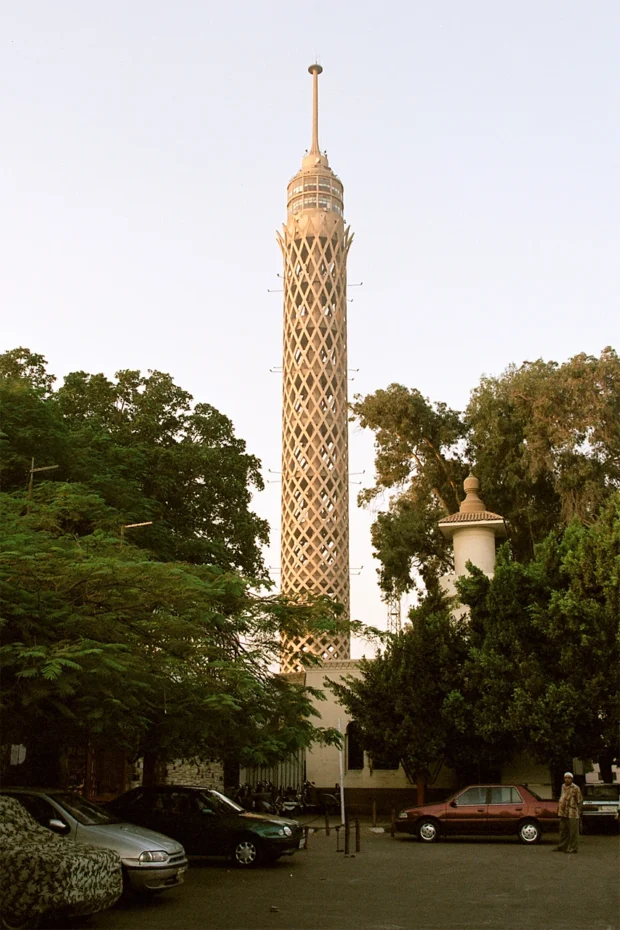Cairo pulses with stories layered like an intricate carpet, each thread rich with tales of Pharaohs and poets, merchants and musicians. The city’s rhythm is both ancient and alive, inviting anyone who arrives to slow down and listen, taste, and watch closely. Whether you wander near the towering pyramids or lose yourself amid the twists of old bazaars, Cairo offers moments where history and present meet in warm, sometimes unexpected ways. It is a place where time feels both long and immediate, much like the Nile itself.
Table of Contents
After immersing in Cairo’s lively streets, you may appreciate the remarkable collections at the British Museum London, where ancient worlds from various cultures come alive under one roof.
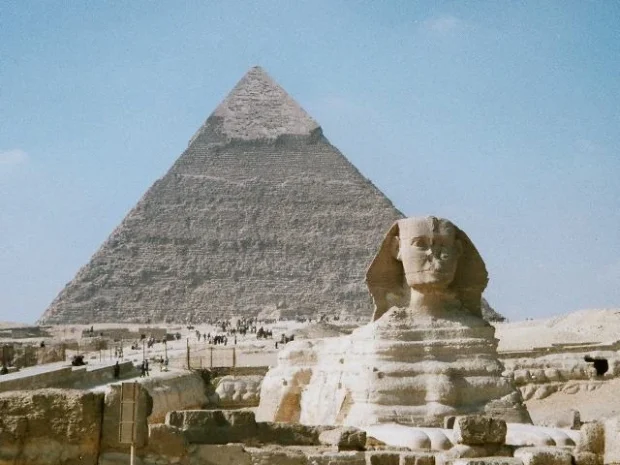
Moments Near the Great Pyramids and Old Cairo
Few places greet you with as much awe as the pyramids of Giza. Standing before those colossal stones, built thousands of years ago, I felt the cool desert wind carry whispers of ancient craftspeople and pharaohs’ dreams. Just behind them, the Sphinx watches quietly, an odd mix of mystery and friendliness.
For those intrigued by Cairo’s historic heart, the silent majesty of the Pyramids of Giza offers a moment of quiet reflection and timeless wonder.

But Cairo’s magic doesn’t stop at these world-famous landmarks. A short ride away is Old Cairo, where narrow streets and stone walls hold churches, mosques, and synagogues all within walking distance. I happened to stumble upon the Coptic Museum, a treasure trove of Christian art and manuscripts that gave me a glimpse into early Egyptian Christianity. Nearby, a group of children played football in a small courtyard, their laughter echoing off centuries-old walls.

Bazaars, Spice, and Sounds of the City
Walking through the markets is like stepping into a living painting. Khan El Khalili, a sprawling bazaar, offers everything from delicate silver jewelry to colorful spices piled in pyramid shapes that make the air smell like cinnamon and cardamom shops. The chatter around you blends bargaining with stories and jokes, often told in a mix of Arabic and English. I was invited to taste freshly made dates stuffed with nuts-a humble snack turned ritual of hospitality.
After experiencing Cairo’s vibrant markets and rich culture, a visit to Phuket Island offers a contrasting journey through colorful local markets and lively island life.
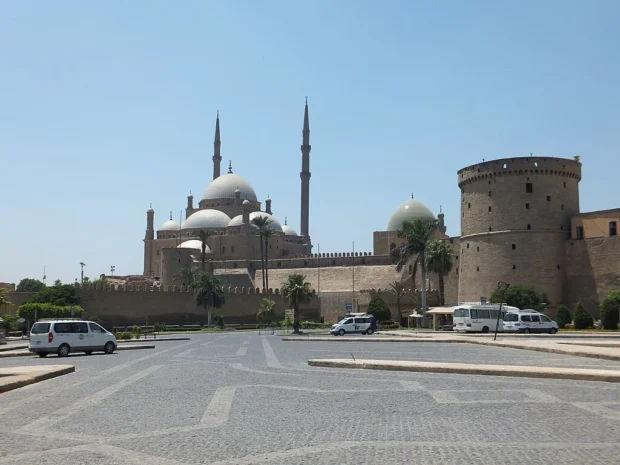
Beyond the obvious, there are quieter alleys where artisans practice metalwork and pottery, their hands shaping beauty as their ancestors did. These crafts often go unnoticed by hurried visitors, but they paint a real picture of Cairo’s creative soul. At night, traditional music spills from small cafés where older musicians play the oud, a stringed instrument whose notes seem to bend time.

Around Cairo: Neighborhoods and Food
Choosing where to stay can change how you feel about the city. Downtown Cairo has broad boulevards and Art Deco buildings, a contrast to the intimate lanes of Islamic Cairo. Here, the call to prayer blends with the chatter of morning vendors selling falafel sandwiches wrapped in soft bread. I found this corner of Cairo full of warmth and perhaps the best place to sample koshari-a humble dish of rice, lentils, pasta, and a spicy tomato sauce that captures the city’s spirit: simple, layered, and surprisingly comforting.

Another favorite was Zamalek, an island on the Nile with leafy streets and quiet cafés. It felt like stepping into a different tempo, where the river’s calm invited reflection. Bazaars here offer Egyptian sweets like basbousa and konafa, rich with syrup and nuts.

Getting Around Cairo’s Bustle and Calm
The city’s transportation reflects its size and energy. The metro is a practical option, connecting busy neighborhoods at a reasonable pace. The first time I boarded, I noticed people of all ages heading somewhere with a sense of purpose-students, workers, families. Riding the metro gives a rare glimpse into daily life and offers relief from busy streets.
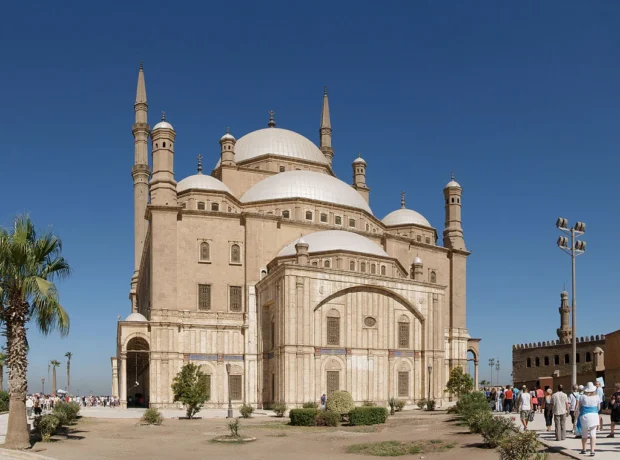
From the airport, a train or dedicated bus can bring visitors quickly to the city center, avoiding the sometimes noisy traffic. Walking remains one of the best ways to appreciate Cairo’s layers-though it helps to keep an eye on street rhythms and avoid the hottest hours.

Cultural Notes for a Gentle Stay
Interacting in Cairo means paying attention to simple customs. For example, modest clothing is appreciated, especially when visiting religious sites. A friendly smile goes a long way, as does basic Arabic greetings-locals often appreciate the effort and respond warmly.
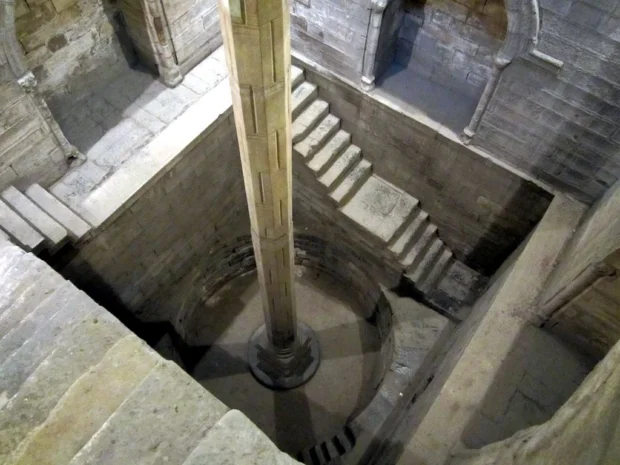
When invited to share tea or coffee, it’s polite to accept, even if just a sip. This small ritual opens doors to meaningful conversations and quiet moments. However, it’s best to avoid discussing politics or religion unless your hosts bring it up, keeping exchanges light and respectful.
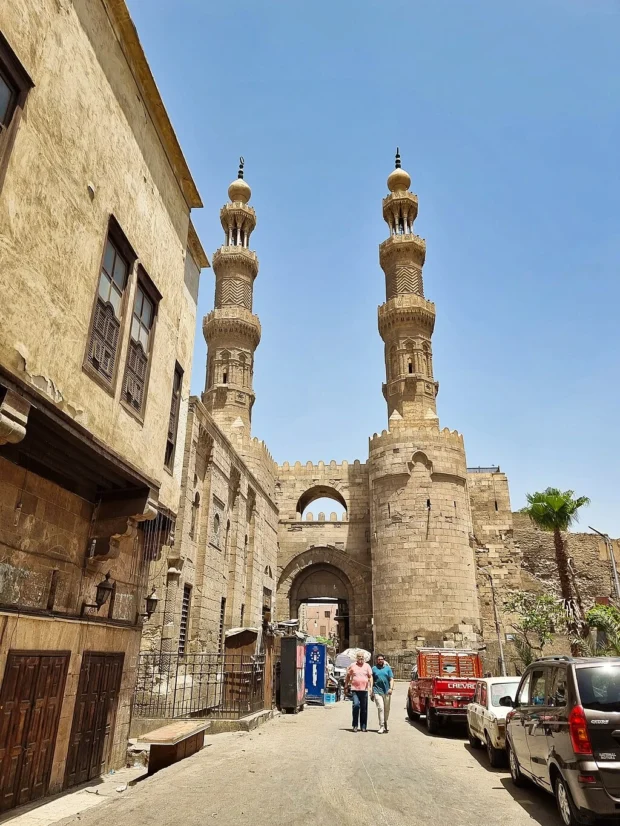
Stories and Surprises Beyond Guidebooks
One afternoon, I wandered into a small bookshop tucked behind a mosque, where I met an elderly man eager to share legends of the city. He told me of the “City of a Thousand Minarets” and how each mosque has its own tale, some whispered in the wind for centuries. It struck me how much of Cairo’s identity lies in these shared stories, passed from one person to another like a precious thread.
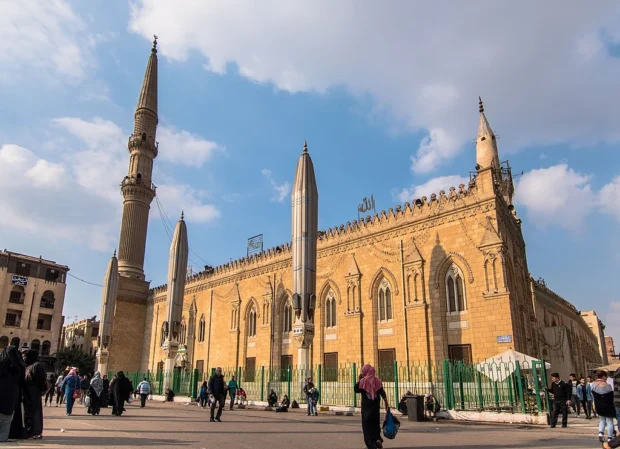
Did you know that Cairo was once called “Fustat” before it grew into the sprawling metropolis it is today? This name comes from the first capital built by the Arabs after they arrived, reminding us that every stone here holds a longer story than any single visit can capture.
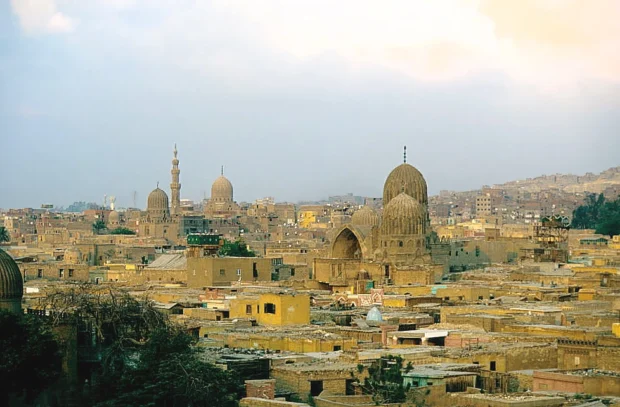
In markets, near fountains, or by the flowing Nile, you might spot elders playing backgammon or groups gathered for impromptu storytelling sessions. These moments anchor the city’s pace and show how tradition weaves with daily life.
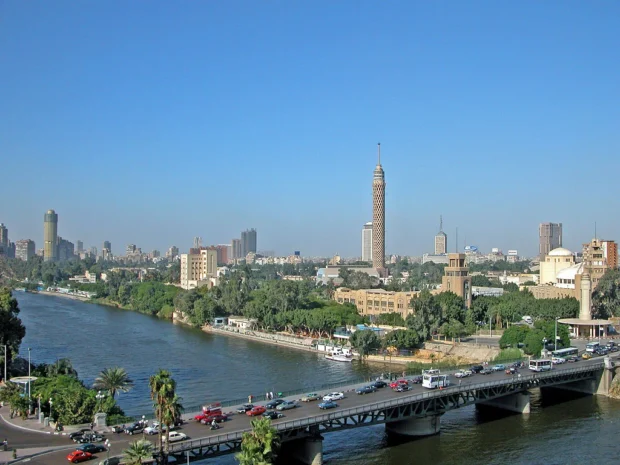
Final Reflections on Cairo’s Soul
Cairo is a city of layers, both in stone and spirit. Walking its streets, I felt connected to people whose lives pulse with warmth and history simultaneously. The calls to prayer from minarets, the aroma of roasting coffee, the laughter of children in alleys-all these sensory details create a tapestry that visitors can only begin to understand with time and openness.

For anyone curious about a place where past and present converse every day, Cairo stands ready. Not as a polished monument, but as a lively, sometimes messy city full of stories waiting to be shared, heard, and felt. And if you ever find yourself sipping tea along the Nile’s edge, take a moment to breathe in the city’s rhythm-it is unlike any other.
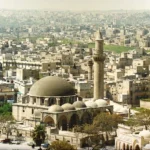
Traveler exploring cultural intersections, sharing reflections on similarities and differences between traditions, lifestyles, and food.
- Egypt.Giza.Sphinx.01 by en:User:Hajor on Wikimedia Commons – cc by-sa 3.0
- Facade of the Egyptian Museum, Tahrir Square, Cairo, Egypt1 by Diego Delso on Wikimedia Commons – cc by-sa 3.0
- Khan el-Khalili 2019 1 by Mohammed Ali Moussa on Wikimedia Commons – cc by-sa 4.0
- Cairo Citadel DSCF5209 by R Prazeres on Wikimedia Commons – cc by-sa 4.0
- Al-Azhar Mosque, Cairo, Egypt9 by Diego Delso on Wikimedia Commons – cc by-sa 3.0
- St. George, greek coptic church, Old Cairo, Egypt2 by Diego Delso on Wikimedia Commons – cc by-sa 3.0
- CairoIslamicMuseum by Roland Unger on Wikimedia Commons – cc by-sa 3.0
- Muhammad Ali Mosque 1 by kallerna on Wikimedia Commons – cc by-sa 3.0
- Complex of Al Sultan Al Zahir Barquq 010 by mohamed saleh on Wikimedia Commons – cc by-sa 4.0
- Nilometer (8590204613) by David Stanley from Nanaimo, Canada on Wikimedia Commons – cc by 2.0
- Bab Zuweila, Cairo (2) (52088542636) by Richard Mortel from Riyadh, Saudi Arabia on Wikimedia Commons – cc by 2.0
- Al-Hussain Mosque by Mohammed Ali Moussa on Wikimedia Commons – cc by-sa 4.0
- El Cairo 1999 12 by LBM1948 on Wikimedia Commons – cc by-sa 4.0
- Egypt-2A-010 – Cairo (2217349050) by Dennis G. Jarvis on Wikimedia Commons – cc by-sa 2.0
- Zamalek Arial by Abdallah (talk) on Wikimedia Commons – cc by-sa 3.0
